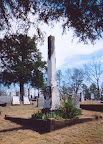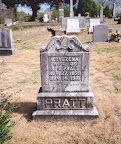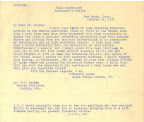
Incorporated in 1859 but organized earlier, Six Mile Academy was located on Six Mile Creek (Bibb County) between Centreville and Montevallo on Highway 25 not far from Brierfield Ironworks State Historical Park. A coed elementary and secondary school, Six Mile’s heyday came via Captain Richard Hopkins Pratt, who served as headmaster from 1858-1861 and, following the Civil War, from 1872-1896. Six Mile Academy burned in 1897. This faint image shows Captain Pratt in the center of his students.
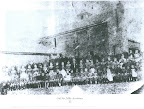
Captain Pratt and his wife, Arvezena, staunch members of the Six Mile Baptist Church, transformed the academy into one of the finest schools in the region and Howard College and MMI reaped the benefits of their instruction by admitting their excellent graduates.
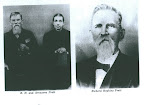

During the Civil War, Richard Pratt organized Company D, 20th Alabama Infantry, serving as its captain. This regiment was formed by COL Isham Garrott of Marion, who was killed at Vicksburg (he was later promoted to brigadier general). Captain Pratt, himself, was taken prisoner at Fort Gibson near Vicksburg on May 1, 1863, imprisoned and later paroled.

Captain Pratt was elected Superintendent of Education of Bibb County, Alabama, in 1896, serving until his death on September 17, 1908.
Other buildings replaced the original academy facility becoming first Six Mile Normal Institute and later a public school until 1981. Nothing remains on the site today which has become Six Mile Community Park.
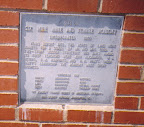
Captain Pratt and his wife, Arvezena, are buried beside each other in the cemetery of the Six Mile Baptist Church. The Captain’s grave, a tall marble shaft with his Masonic emblem, bears the following inscription: “We loved him, yes, we loved him, but the Angels loved him more.”
